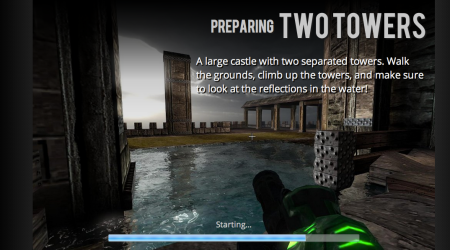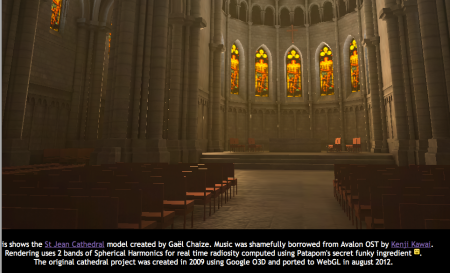Yesterday Linden Lab announced the upcoming launch of their new online platform ‘Patterns‘. I may have written this too often lately in my post but here I go again: ‘does this look familiar?’
According to New World Note‘s Wagner James Au, Notch approves.
To me this is the prove that even Linden Lab feels that Minecraft’s approach of ‘crafting’ things from simple patterns (pun intended) is superior to their uber-complicated client which they never really were able to boil down to the few elements you need to build virtual worlds.
Granted, SL and MC don’t really compare if you look at the details and the overall purpose is different. But in the end of the day it is way easier to simply experience and build in Minecraft.
Also, you can roll your own server which is largely detailed in the Minecraft Wiki. For my own experiments, I wrote a script that starts an Amazon EC2 instance, installs all components required for Minecraft, pulls the latest backup of our favorite world from my Dropbox, and starts – all of this unattended, in one line. I can even start it from a train (I just did). When we don’t need it anymore, we backup the world, save it to the DropBox and terminate the instance. Total cost – a couple of cents. If we only craft at home we can deploy the same thing to our kitchen server at no cost.
So to me Minecraft delivers most aspects that I missed from SL and then some. The few things that I miss in Minecraft to be a virtual world platform are slowly but surely added by Mojang and especially by the community one plugin after another, due to the openness of the server code base.
I really wonder if LindenLab with their current claim (‘Makers of Shared Creative Spaces’) will be achieving the same ease of use at such a competitive pricing plan with Patterns. Since they also ripped the ‘buy beta for less’ business model that Notch established, I’d say there is reason to hope LindenLab will be doing it right this time. Looking at the decline of Second Life – they better be.



 Posted by Dirk
Posted by Dirk 
